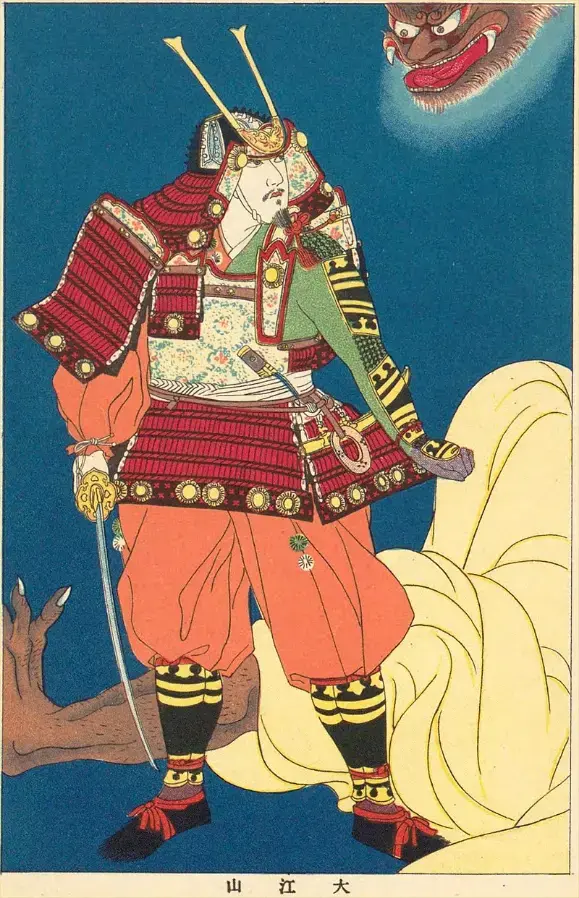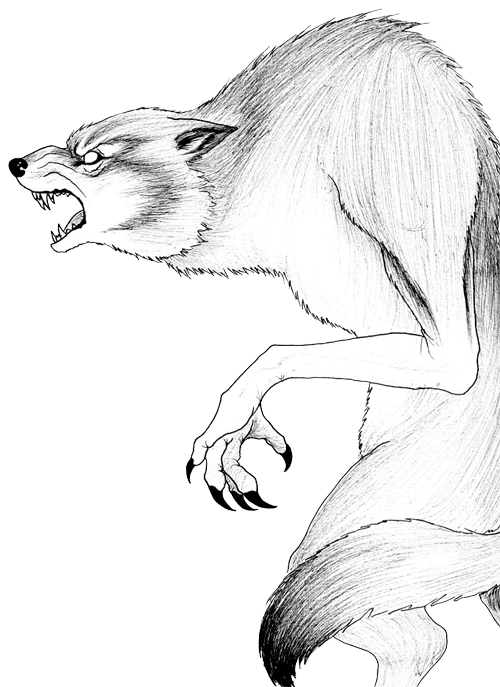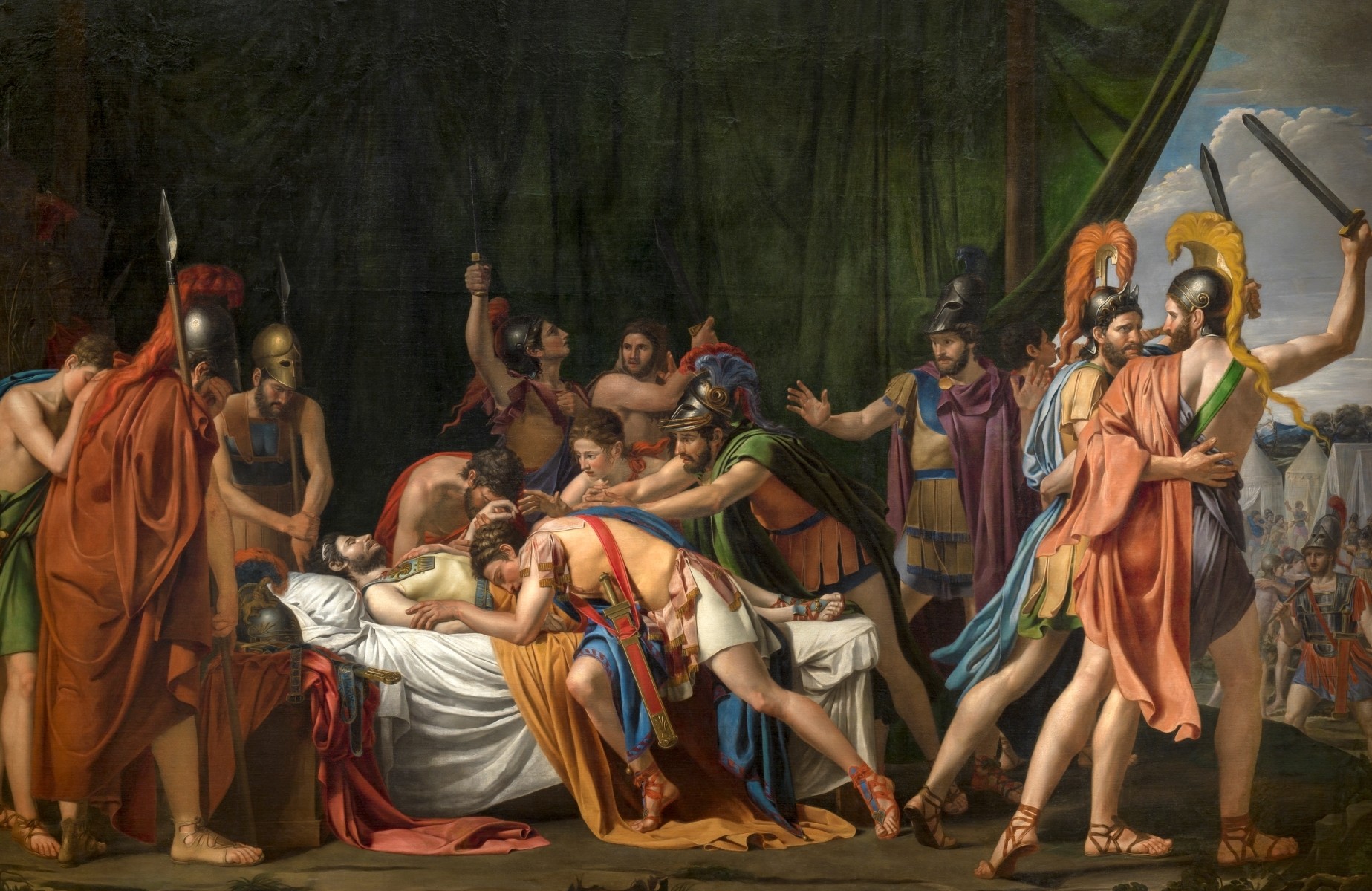Shuten-dōji(酒呑童子)

Shuten-dōji stands as one of Japan's most infamous supernatural figures—a fearsome oni (demon) whose name translates roughly to "drunken child" or "liquor-drinking boy." Known by several variant writings in Japanese (酒呑童子, 酒顛童子, 酒天童子, or 朱点童子), this formidable entity occupies a prominent place in Japan's rich tradition of yokai lore.
According to legendary accounts, Shuten-dōji established his terrorizing headquarters atop Mount Ōe (大江山), located northwest of the imperial capital of Kyoto. Some alternative versions place his stronghold on Mount Ibuki instead. Scholars have also proposed that the original mountain in the earliest versions of the tale may have been a different Mount Ōe (大枝山) situated on Kyoto's western boundary.
The demon's downfall came at the hands of the renowned warrior Minamoto no Raikō (also known as Minamoto no Yorimitsu), who led a band of brave retainers on a dangerous mission to eliminate the oni threat. In one of Japanese mythology's most dramatic episodes, Raikō successfully beheaded the demon, but even in death, Shuten-dōji demonstrated his supernatural power—his severed head launched a final, desperate attack, attempting to bite Raikō. The hero survived only because he had wisely worn multiple helmets stacked upon his head, a precaution that saved him from the demon's posthumous vengeance.
This tale of supernatural conflict embodies classic themes of Japanese heroic literature—the triumph of human courage and ingenuity against malevolent otherworldly forces, and the protection of civilization against chaotic wilderness entities. Shuten-dōji's legend continues to inspire artwork, literature, theater, and popular culture throughout Japan.


